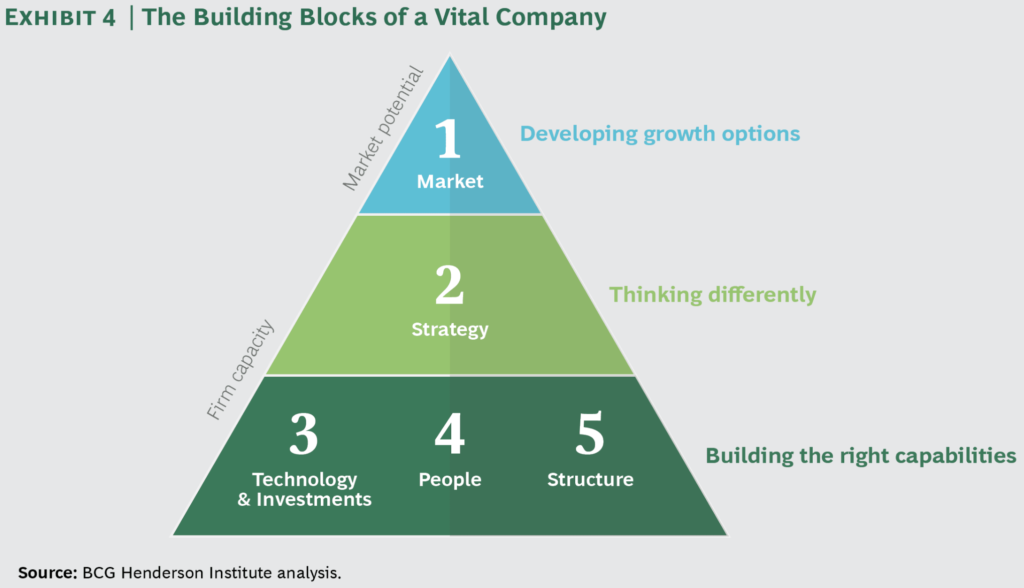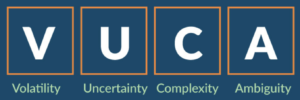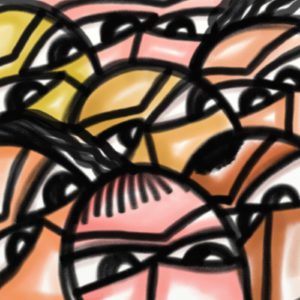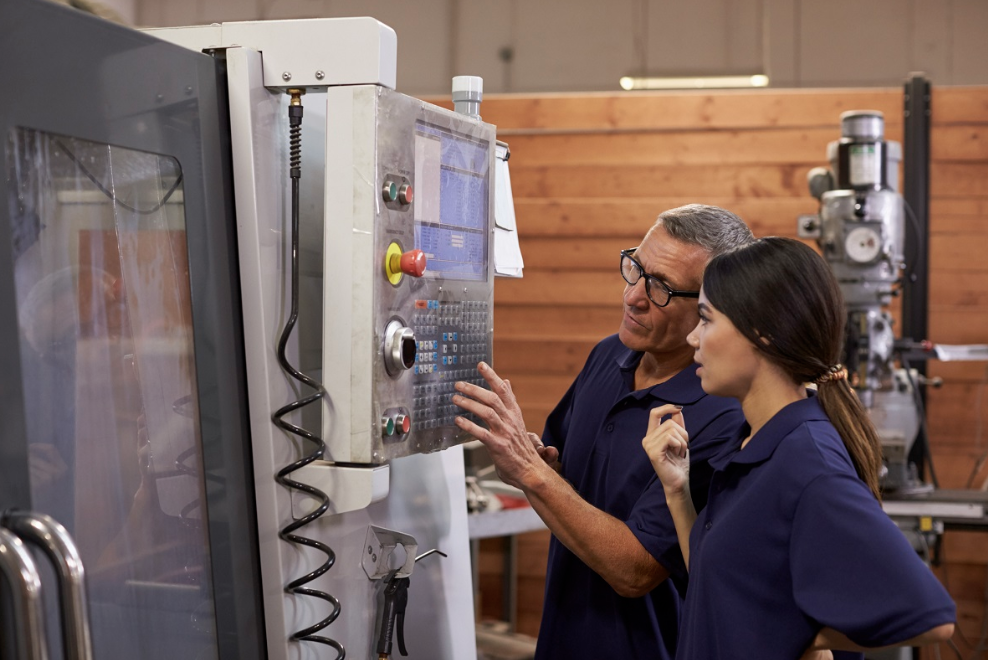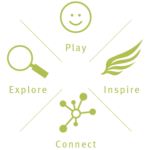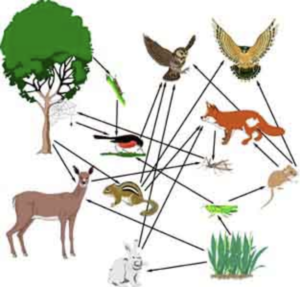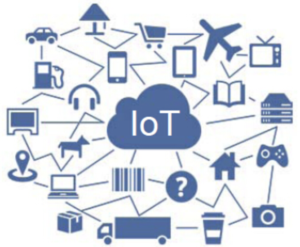
Origins of Change Management
Amongst the pioneers in the field of organizational development, Richard Beckhard (1918-1999) was an American organizational theorist and Adjunct Professor at MIT. In his book, “Organization Development: Strategies and models” (1969), Beckhard defined organization development as “an effort (1) planned, (2) organization-wide, (3) managed from the top, (4) to increase organization effectiveness and health through (5) planned interventions in the organization’s ‘processes’, using behavioral-science knowledge”.
Has Change Management changed much?
What is today’s definition of change management? The University of Virginia (UVA) defines change management as “the structured approach to proactively manage the impacts of change both at an individual and institutional level. It incorporates strategies that help individuals and the organization make successful transitions and result in the adoption of change for desired outcomes. It is most effective when all objectives – institutional, technical, and human – are fully implemented and embedded in the institution.”
Is UVA’s definition much different than the one from 50 years ago? “Structured approach” and “proactively managing” sound similar to Beckhard’s “planned interventions” and “managed from the top”. Regarding the “desired outcome”, who is desiring the change? What outcome is desired? Solely relying on top management to guide and lead change processes in an information age is the equivalent of expecting only environmental experts to resolve climate change. Effectuating meaningful and sustainable change is not a one-time project with a fixed deadline and budget. It is a never-ending process and investment.
Nomen ist omen
What does change mean? What words are associated with it? Is management one of them? What does management imply? What words are associated with it? Is change one of them? Either word (change or management) used alone triggers a healthy dose of skepticism. Change usually disrupts and threatens management structures and corporate policies. Management practices usually prevent change by ensuring constant, predictable, and controllable conditions. Is that reflective of the current global and digital reality? Does the term “change management” seem like it wants to effectuate change?
Wisdom from the past
The distant past can help conceptualize an evolved form of change management. Two hundred years ago, Thomas Jefferson, one of the Founding Fathers, third President of the United States, and founder of the University of Virginia, had insight into creating a culture that ensures vitality. Below are some of his thoughts.
“I like the dreams of the future better than the history of the past.”
“If you want something you’ve never had you must be willing to do something you’ve never done.”
“Educate and inform the whole mass of the people… They are the only sure reliance for the preservation of our liberty.”
(Quotes source: quoteambition.com)
From Change Management to Change Facilitation
What would Thomas Jefferson think of UVA’s definition of change management? What Jefferson is alluding to are conditions conducive to facilitating change processes, not managing them. Culture is neither prescribed nor managed. Rather, it naturally evolves, like the leaves in the picture. The leaves change and fall to be recycled, giving way to new growth. With minimal guidance and a clear vision, organizational culture naturally seeks to adapt, inspiring innovation and nurturing forward-thinkers and risk-takers. As Jefferson duly noted, paramount is placing people in the center by educating and keeping them informed. Only then are humans best equipped and able to ensure a system’s liveliness.
Nowhere does Jefferson explicitly mention hierarchy, management, or control mechanisms. Organizations able to process multiple realities and appropriately respond in real-time have a competitive edge in a VUCA world. Organizations fostering a “human edge culture”–where everyone is expected to sense and adjust as needed–will not only outperform their competitors both in scope and scale; they will lead the pack.
The need to incorporate change facilitation
Change facilitation is change management in constant motion. Managers control services and ensure product quality. Process facilitators working side by side with managers create working conditions that enable and empower all human resources to act not only as producers, but also as observers, data collectors/analysts, and change agents. Change facilitators help create a workforce that is attentive, wise to know when a shift is needed, and prepared to collectively respond from down below without being managed from high above.
About the author
Jean-Pierre is a Human Systems Accelerator. He specializes in Conflict Transformation, Change Facilitation, and Intergenerational Collaboration. He optimizes employee engagement, team cohesiveness, and leadership potential by enhancing group dynamics and ensuring the successful integration and retention of young employees into organizations. Jean-Pierre is also a Speaker and Author. He is the creator of the youth-inspired EPIC Model of development.

